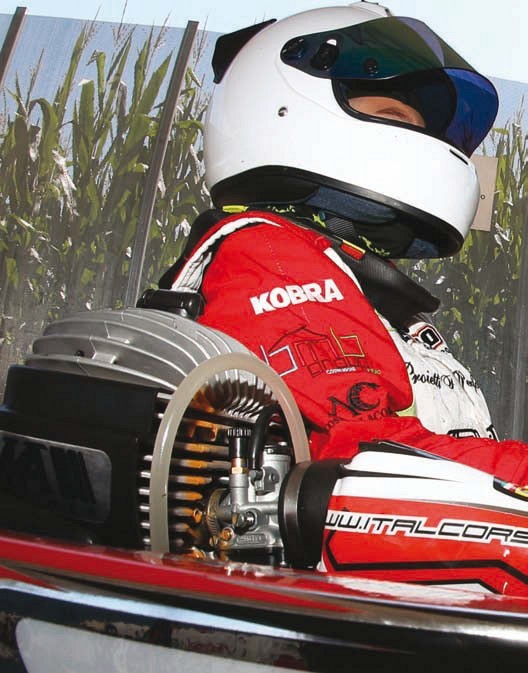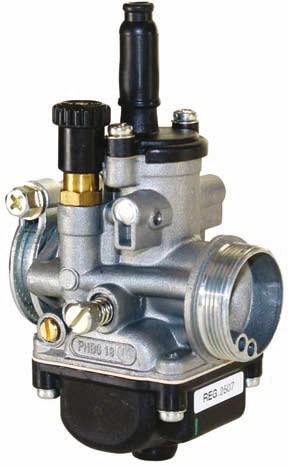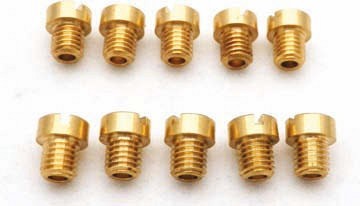A STATE OF CONFUSION
Carburetion is an essential parameter in a winning kart. The introduction of the float chamber carburetor should have put all the drivers on the same playing field, but this was not the case for a long series of reasons. Wouldn’t it be appropriate to go back to the 60 Mini, and not only …, to the classic diaphragm carburetor?
By P. Mancini
THE CARBURETOR IN CLASS 60

When the diaphragm carburetor was introduced in the Minikart class 60, I felt that it was taking a step backwards rather than forward. The idea was to put all drivers on the same playing field, providing an economical carburetor with a fixed calibration that did not require corrections during the race. Then, however, problems arose and the float chamber soon became a sort of mysterious object for mechanical dads and mechanics/tuners. Today, in the most important races, a new category of technicians has been created that joins the ranks of the “motorists” and “chassisists”: “carburetor man”, the one who pulls the carburetor that can make the difference on the track from his magic toolcase. And whoever does create this added value obviously demands to be wellpaid, especially in our sport! Is it possible that tuners should turn to “carburetor man” to obtain the best material? Is it possible that nobody knows how to do proper carburetion anymore? Let us try to clarify this delicate point on the cusp of the international homologation of the 60, seeing how the carburetor is not homologated and at the discretion of national associations.


The scale of Dell’Orto jets and atomizers has challenged many tuners and mechanics, making kart tuning extremely difficult.
Once upon a time there was: the “membrane”
In the 60 class, since the era of the single-brand Comer and WTP, the carburetor has always been the membrane type: the reason was that this model lends itself well to the characteristics of the kart and, above all, allows you to adjust carburetion during the race. The young drivers learned to “turn the 2 screws” and to make adjustments by themselves after a short period of apprenticeship - and not a few pistons on their conscience. The tuners/mechanics taught the the aspiring young champs the art of driving and of carburetion by putting them to the test: they’d randomly turn screws and then demand that the drivers to fine-tune the carburetion to perfection in just one lap.